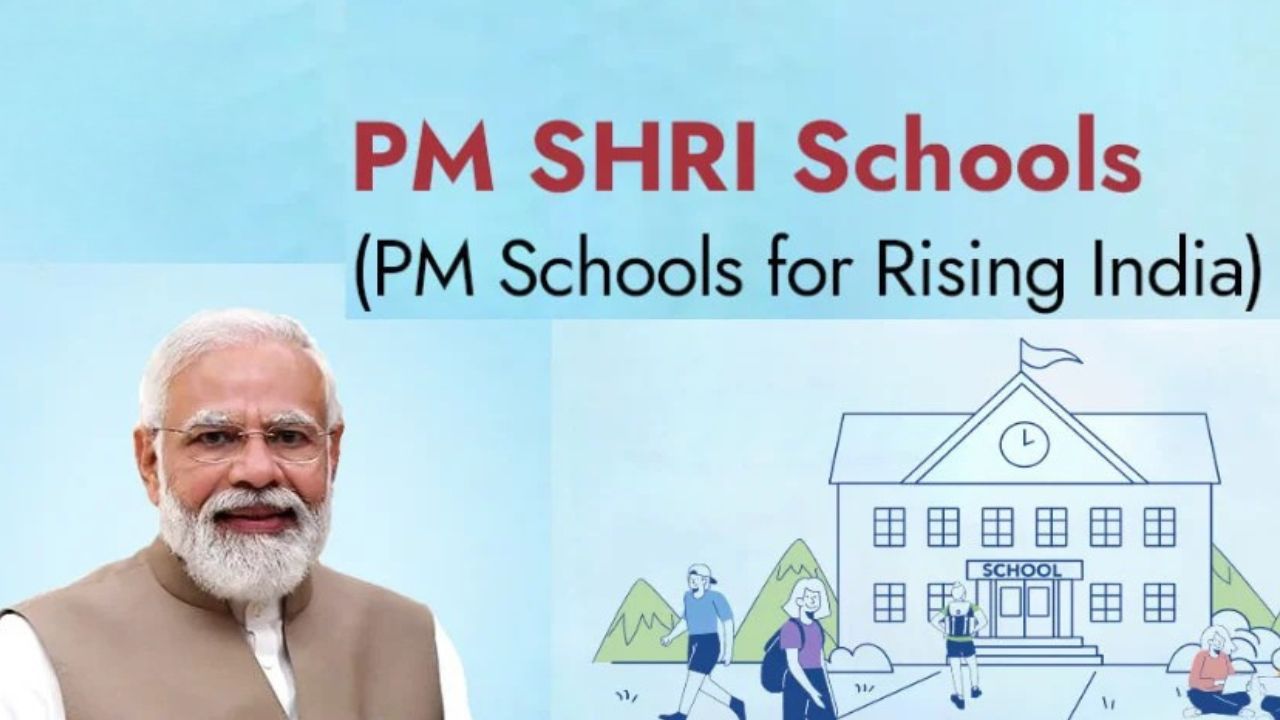The National Education Policy (NEP) 2020 provides a visionary and comprehensive roadmap to transform India’s education system. However, for such a wide-ranging policy to be successful, its principles must be translated into practice on the ground. There is a need for model schools that can act as living laboratories, showcasing the new, holistic, and learner-centric approach envisioned by the NEP.
To fulfill this need, the Government of India announced the PM SHRI Schools (PM ScHools for Rising India) scheme on September 5, 2022. This is a flagship initiative to create a network of high-quality exemplar schools across the country. The plan is not to build new schools from scratch, but to upgrade thousands of existing government schools, turning them into vibrant institutions that will serve as lighthouses for the entire education system.
What are PM SHRI Schools? The Core Concept
- Full Name: PM ScHools for Rising India (PM SHRI)
- Announced: September 5, 2022 (Teachers’ Day)
- Ministry: Ministry of Education
- The Goal: To upgrade and develop more than 14,500 existing schools (managed by Central, State, or Local Governments) to demonstrate all the key components of the National Education Policy 2020.
- The Vision: These PM SHRI schools will act as exemplar schools. They will not only provide high-quality education to their own students but will also mentor and guide other schools in their vicinity, helping them adopt the new pedagogical approaches.
Key Features of a PM SHRI School
A PM SHRI school is designed to be a model of 21st-century education. Its key features will include:
NEP 2020 in Action
The core of a PM SHRI school will be its teaching and learning process. It will be learner-centric, inquiry-driven, and discovery-oriented, moving decisively away from rote memorization. The focus will be on developing conceptual understanding and critical thinking skills.
Modern and Green Infrastructure
The schools will be equipped with state-of-the-art infrastructure, including smart classrooms, well-equipped science and computer labs, libraries, and art rooms. There is also a strong emphasis on sustainability. PM SHRI schools will be developed as “Green Schools,” incorporating environmentally friendly practices like solar panels, LED lighting, nutrition gardens, efficient waste management, and water conservation.
Holistic Student Development
These schools will go beyond academics to ensure the all-around development of each student. They will provide a rich environment for sports, arts, and culture. The assessment system will also be holistic, tracking the development of a student’s skills and competencies, not just their exam scores.
Focus on 21st-Century Skills
PM SHRI schools will have a strong focus on developing skills that are crucial for the future, such as creativity, collaboration, and digital literacy. They will also be linked with local industries and skill development centers to provide students with exposure to vocational education from an early age.
The Human Touch: A Transformed Learning Environment
Anjali is a student in a typical government school where learning is mostly based on lectures and memorizing the textbook. Her school is then selected to be upgraded into a PM SHRI school.
Over the next year, she witnesses a remarkable transformation. Her classroom gets a new smart board, which makes lessons more interactive and visual. The old, dusty library is turned into a vibrant reading room with hundreds of new books. A new computer lab and a science lab with modern equipment are also set up.
More importantly, the way she is taught changes completely. Her science teacher now encourages the class to conduct hands-on experiments. Her social studies teacher assigns a project where students have to interview elders in their village to learn about local history. She also gets to join an after-school coding club.
For Anjali, her school is no longer just a place to study for exams; it has become a vibrant and exciting place for learning and discovery. The PM SHRI scheme has transformed her school from a place of instruction into a center of inspiration, where her curiosity and creativity are nurtured.
Impact and the Road Ahead
Expected Impact
- Showcasing the NEP: PM SHRI schools will serve as tangible, on-the-ground models of how the principles of NEP 2020 can be implemented effectively.
- Setting Quality Benchmarks: The scheme aims to set a new standard of quality for government schools across the country.
- Creating a Mentorship Network: By handholding and mentoring neighboring schools, these exemplar schools are expected to create a ripple effect, leading to a broader improvement in the education system.
Challenges
- Teacher Training and Development: The success of this initiative depends almost entirely on the teachers. Providing continuous and high-quality training to help them transition to the new, student-centric teaching methods is the most critical challenge.
- Sustaining High Standards: It is crucial to ensure that these schools maintain their high standards of infrastructure and academic quality in the long run, even after the initial period of intensive funding.
- Equitable Selection: The “Challenge Mode” for selection must be implemented fairly to ensure that schools from diverse geographical and socio-economic backgrounds get an equal opportunity to be upgraded.
Conclusion
The PM SHRI Schools scheme is a strategic and qualitative intervention in India’s school education ecosystem. It is the primary vehicle for bringing the transformative vision of the National Education Policy 2020 to life. By creating a strong and visible network of high-quality exemplar schools, the PM SHRI initiative aims to spark a nationwide movement towards creating a more holistic, equitable, engaging, and joyful learning environment for every child in India.
